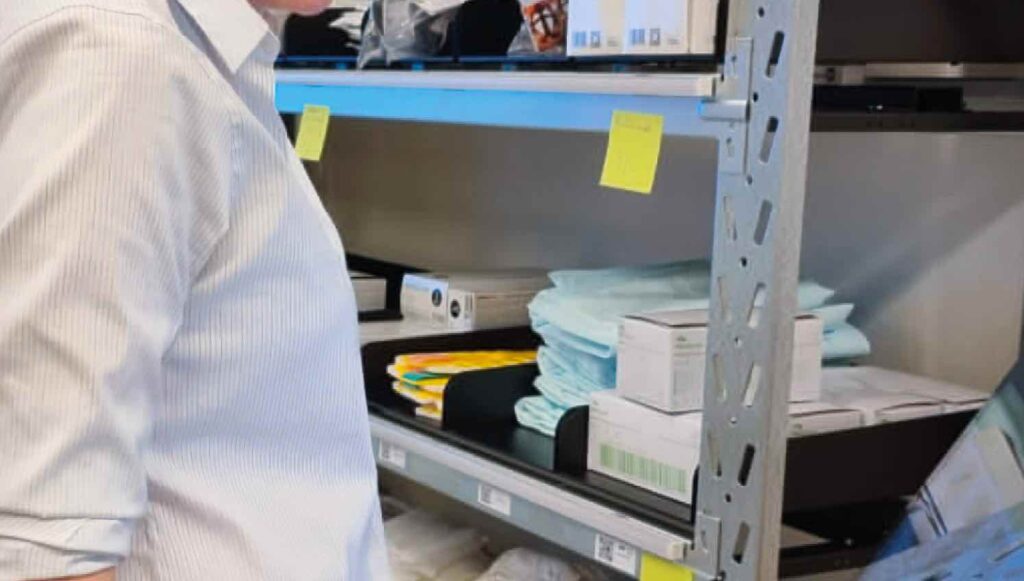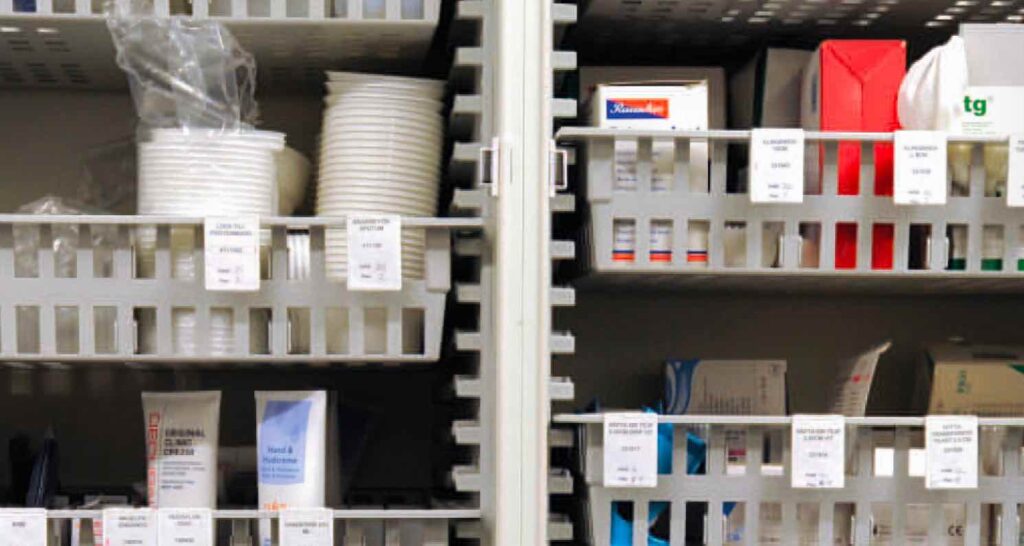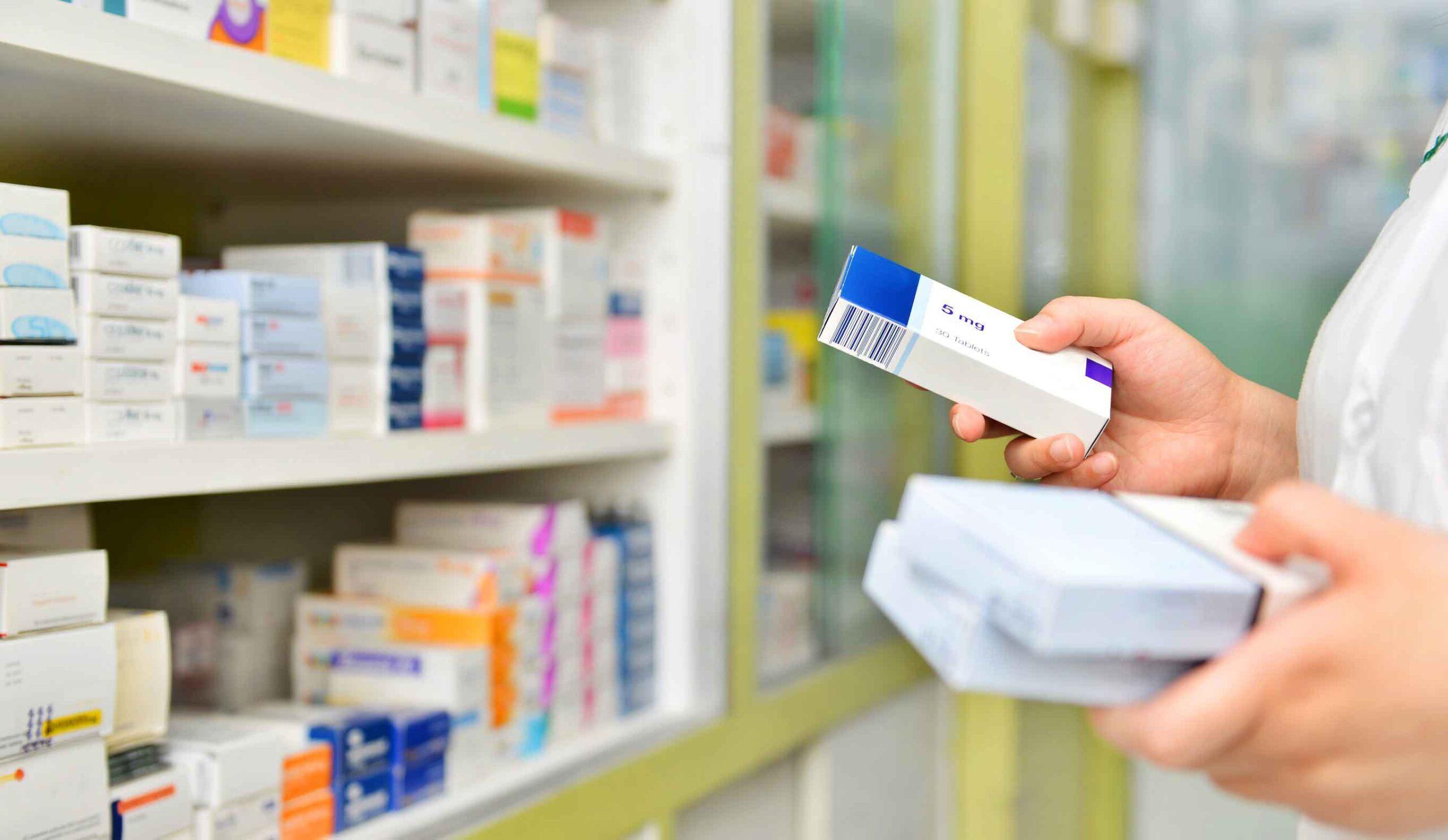Material supply monitoring with IoT
One of IoT Sweden’s projects examined and tested various IoT solutions to monitor the supply of materials in the public sector. The project, which was given an extra boost by the pandemic, focused in particular on the supply of materials in storerooms of various healthcare wards.
During the pandemic, it became clear how important it is to monitor material supply in the healthcare sector. Questions about stock balances, material flows and logistics were high on the agenda. The implementation project Vägledning av IoT för framtidens materialförsörjning inom offentlig sektor [IoT guidance for future material supply in the public sector] began in 2021.
“Naturally, the project was affected by the pandemic. We had planned to conduct testing in an actual healthcare environment, which unfortunately was not possible. At the same time, the pandemic helped draw attention to the importance of material supply,” says Mikael Öberg, Supply Chain Manager of Region Östergötland.

The project centres around the healthcare sector’s need for various types of material supply. The material needs of healthcare involve large material flows and complex logistical flows. During the pandemic, the system was put to the test when organisations in regions and municipalities found it difficult to predict the volumes of protective products that would be used.
Not possible to track materials used
Mikael Öberg says that there is often information about what has been ordered, but not what has been used.
“Material management on healthcare wards is largely manual today, and existing IT support is not fully suitable. The need to better ensure access and follow the actual consumption at the end of the chain, close to the users, is an important prerequisite for providing good and safe care,” he says.

The goal of finding seamless IoT solutions
Since the project could not test the solutions in an actual healthcare environment, a test environment was built in the form of a storeroom for healthcare materials. A basic hypothesis and goal for the project was for the technology used to be as “hidden” from the user as possible. In other words, healthcare staff should be able to use it without hardly thinking about it.
“Healthcare is strained today, so it is also important for technology to become an enabler and not be perceived as an obstacle,” says Mikael Öberg.
In addition to Region Östergötland (project coordinator), the project also included Linköping Municipality, Kinda Municipality, Linköping Science Park and RISE.
Successful collaboration with students
Together, the parties worked with different methods to determine which IoT solutions they wanted to test in the constructed storeroom. One success factor was having students at Linköping University participate and come up with different possible designs for a system for real-time inventory and automated withdrawal registration. The students were asked to brainstorm to solve the problem based on the assignment: “Develop a concept that allows hospitals to register items stored in local storerooms in real time. It should be a robust process and not cause irritation.”, and “It should be easy to do things correctly when withdrawing materials.”
Dynamic scale – rated best
In addition to the collaboration with the students, testing and collaboration with healthcare professionals – those who will ultimately use the technology – were crucial factors for evaluating the project. Of all the tests, a solution with scales integrated into the supply shelf turned out to be the one that the healthcare professionals themselves liked best.

The project Vägledning av IoT för framtidens materialförsörjning inom offentlig sektor began in 2021. The next step is to define how to take the lessons learned from the project further.
“We are facing a major anchoring process to take this further. It is a matter of looking at the big picture and the benefits of integrating as many organisations as possible. We have created a good picture and a framework of requirements to be able to scale this up further,” says Mikael Öberg.
